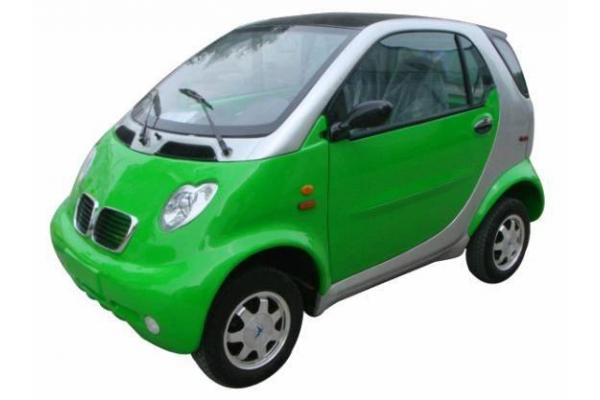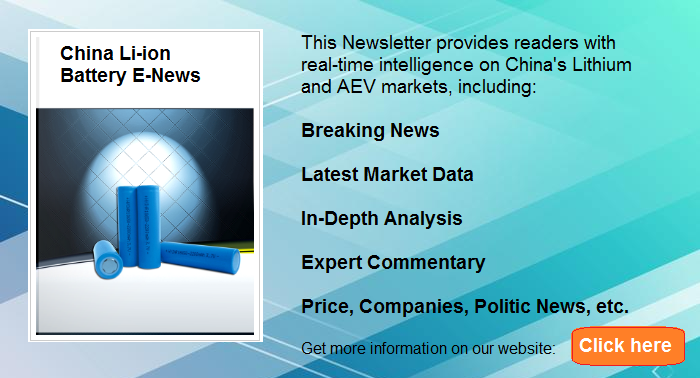China reveals new subsidies for AEV industry
Publish time:3/7/2018 12:00:00 AM Source: CCM
Information collection and data processing: CCM For more information, please contact us
Recently, several
Chinese government departments, including the Ministry of Industry and
Information, have revealed a notice regarding the subsidies for AEV. It
says that the new energy vehicle subsidy policy needs adjustment and that local
governments are prohibited from taking any protectionist measures.

In February 2018, several Chinese government departments, including the Ministry of Industry and Information, have revealed the Notice to Adjust and Optimize the Policy on the Fiscal Subsidy for the Application Promotion of Alternative Energy Vehicle. According to market intelligence firm CCM, the notice introduced the Proposal to Subsidize the Promotion of Alternative Energy Vehicle and the Technical Requirements on Products related to Alternative Energy Vehicle. In summary, it says that the new energy vehicle subsidy policy needs adjustment and that local governments are prohibited from taking any protectionist measures.
Secondly, the ministries agreed on the necessity to purify the industry environment. After all, measurements that have been taken against subsidy cheating around 2015 and 2016 didn’t lead to the hoped success. Up to now, there are still some opportunistic practices for subsidy cheating. Hence it is the main target for the administration to optimize the subsidy quota for passenger vehicle and to reduce the subsidy quota for a commercial vehicle.
CCM predicts that in the year 2018, about 1.10 million AEVs will be promoted in the domestic market. Of this, the first half will witness promotion of over 600,000 and the second half will focus on high-quality Level AB vehicle.
Join the discussion by visiting our LinkedIn and Facebook groups.
Follow CCM on Twitter: @CCM_Kcomber
People who read this article also read what the article
- Inner Mongolia Bihai Animal Husbandry building co-production capacity for VK3 and basic chromic sulphate 2023/05/19
- Zhucheng Dongxiao's erythritol project and Techno's sucralose project completed 2023/06/13
- Stevia projects of Huijia Biotech and Hirye Biotech in progress 2023/05/08
- Zhejiang NHU allocates funds to ensure smooth implementation of 250,000 t per year methionine project 2023/06/16
- Operating rate of glyphosate TC producer may remain low in September 2023/08/17
- Import and export of China's seeds and agricultural products in March 2023 2023/05/29
- Shandong Yonghao plans to build 1,000t per year pyroxasulfone capacity 2023/08/10
- China’s Ministry of Agriculture and Rural Affairs designates corn as a key crop for this year's economic plan 2023/05/30
- Price Trend of Haloxyfop-P-methyl in China to 2025 2023/07/14
- IDAN Survey in China 2022 2023/07/11
